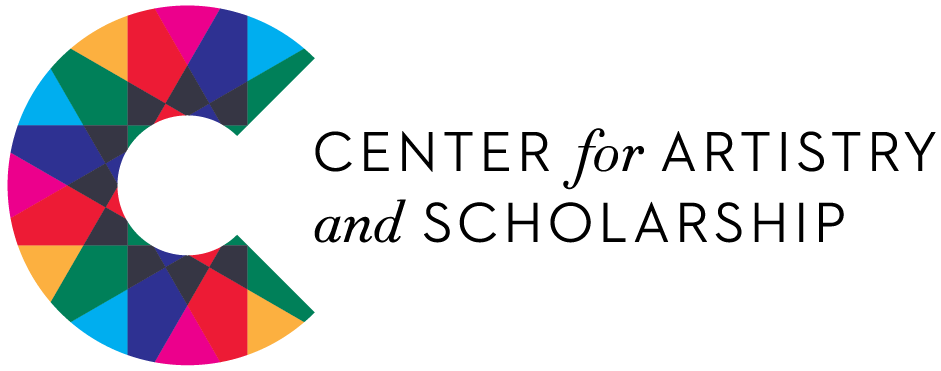Pre-text in 7th Grade
Valencia Patilla is a Middle School Humanities teacher at Conservatory Lab Charter School.
I was trying to explain what Pre-text is to a colleague. I began by trying to explain the different activities that we took part in, and then I started to talk about the tangent line. I started to explain the debrief process, and then I realized that I was rambling and making something so simple seem very difficult. So I quickly followed up in saying, “It’s magic; pre-text is magic!”
Teaching can become very stale. Usually this happens around February and March, creating less than stellar working conditions, to say the least. The newness of the school year has worn off and sometimes, both, the teacher and students become complacent in their routines and responsibilities. We think, everything is fine, so why fix it?
I thought the same thing; until I participated in Pre-text. Quickly, I realized that my routines created an atmosphere of normalcy and made way for boredom. In 7th grade, we were reading the book Lyddie, which is not one of the most exciting books in a teacher’s arsenal. So, I was looking for a way to spice up the text and get the students more involved. Pre-text provided an opportunity for me to do so.
When engaged in Pre-text, students are allowed to use painting, drawing, theater, or any artistic expression to engage with a text. In my opinion, this lowers their affective filters. It removes their fear and anxiety. I elected to choose drawing as my means of artistic expression, and I had the students draw while I read a few pages from the book Lyddie. They were instructed to create an illustration that best represented something that stood out to them in the text. Once done with the drawing, they had to pose one question and write it at the top of their creation. Once done reading, all of the students placed their illustrations on display, using a tangent line. Some were excited to display their work and others were somewhat hesitant.
After perusing the different drawings, the students were able to ask questions about their work, and it continued until everyone had a chance to speak. The activity made way for excitement, engagement, and rebuttal, within a short amount of time. More importantly, they wanted to finish reading the chapter, after the completion of the exercise. I saw the excitement and wonder as the students engaged in the work as oppose to the sound of the usual chorus of moans and groans, when asked to open their books. Pre-text brought back the curiosity and fun we remember as children.
Albert Einstein said, “Play is the highest form of research.” As an English Language Arts teacher, research is a necessity and a mandate for all of my students. I focus on annotated bibliographies and in text citations. Many times I disregard play. Pre-text has made me reconsider lesson design and realize that play, art, and theater can be the best way to engulf students in the heavy business of deconstructing texts and analyzing.


